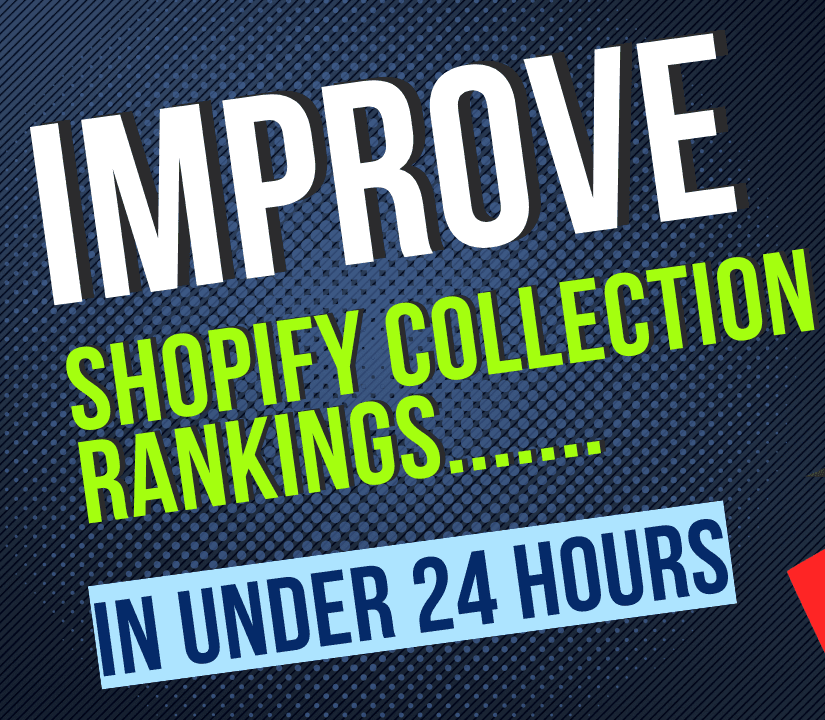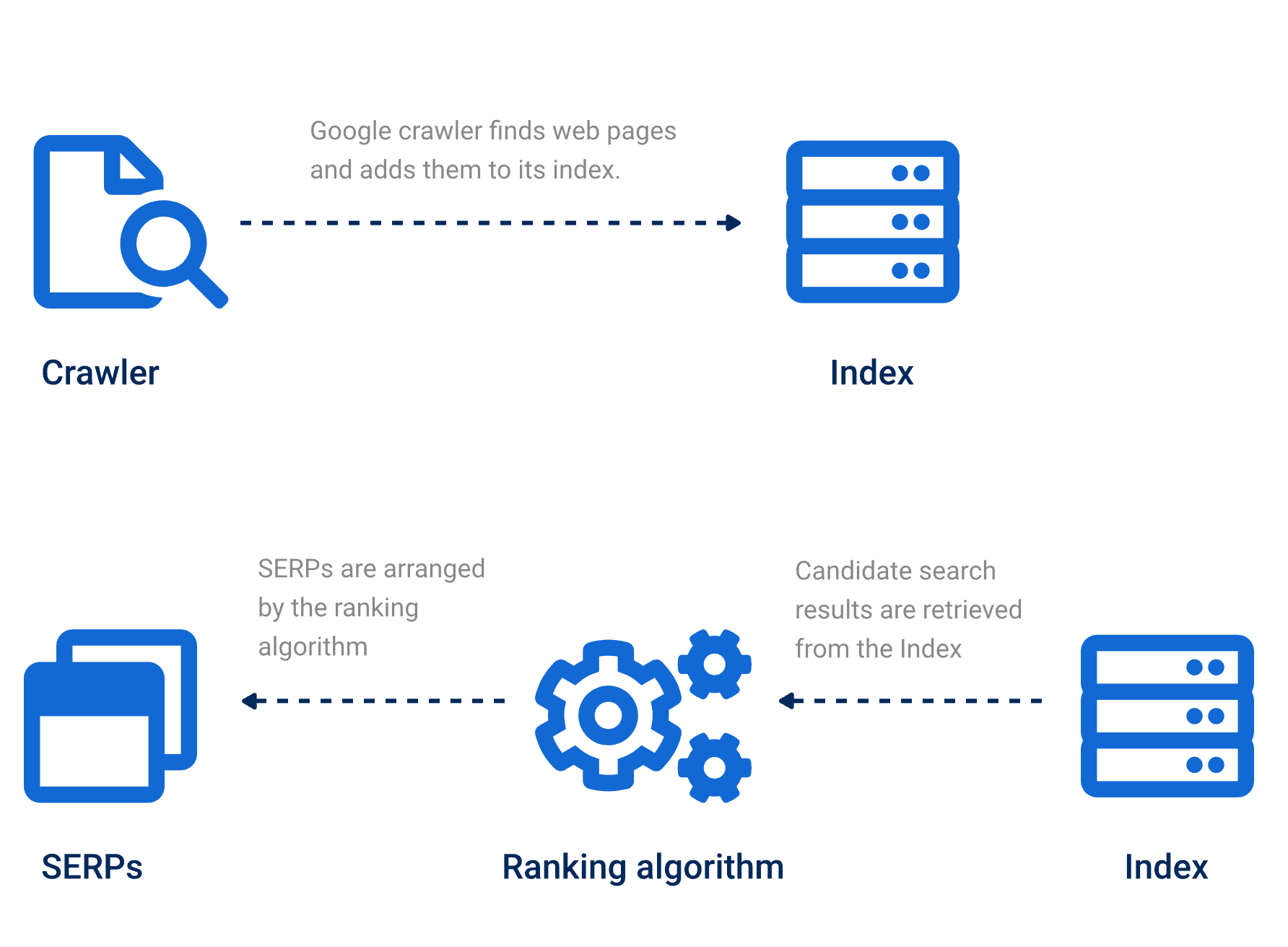Our Exact Process Of Improving Rankings, Traffic & Revenue From Shopify Collection & Sub-Collection Pages in Under 24 Hours

One of the core (and first) features of the Optizen Shopify app, was the feature to simply add content below the product grid in Shopify collection pages.
We then also integrated the same feature into Shopify tag pages to create editable and SEO optimized sub-collection pages.
But….it’s more than just adding any old content.
We use a simple, but thorough process using 3 tools:
- Chatgpt
- SurferSEO
- Optizen app
You can use other alternative tools, and the process will result in similar outcomes.
In the video below you can watch the entire process. We’ve included the prompts and other information referenced below the video:
- Link to Semantic Article Outline Generator – Custom GPT
- Semantic content writing prompt:
You are a Semantic SEO Writer GPT Agent. Your task is to create clear, concise, and highly relevant content that ranks well in search engines by adhering to the following guidelines, based on the 7 section outline you just completed:
1. Prioritize Key Attributes: Place the most important details or attributes early in sentences to match the user's search intent.
2. Factual and Authoritative Language: Use declarative language. Avoid modal verbs like "may," "might," or "should." Focus on providing certain, factual information.
3. Eliminate Unnecessary Words: Avoid fluff or redundant phrases. Ensure each word adds value and supports the main point.
4. Use Numbers and Specificity: Always quantify claims with numbers or data where applicable. If listing items, give specific examples.
5. Use Precise Verbs: Contextually match the correct verb for actions or processes. For instance, "increase" for measurable aspects, "improve" for quality or efficiency, and "develop" for skills.
6. Provide Examples with Plural Nouns: After listing numbers or categories, include specific examples to illustrate the point.
7. Optimize Subordinate Text: Answer the user's query directly in the first sentence of each section or paragraph.
8. Rearrange Conditional Statements: Place conditions (e.g., "if" statements) after the main result or action for better clarity.
9. Match Anchor Text to Page Titles: Ensure the anchor text matches the title of the linked content for improved SEO ranking.
10. Format for Featured Snippets: Write concise, 30-40 word responses that directly answer questions in the first sentence, to optimize for featured snippets in search results.
11. Bold Key Answers: Highlight important answers in bold to make them stand out to users and search engines.
12. Support Claims with Data: Always back up factual statements with credible sources or statistics, particularly when making claims about trends, costs, or comparisons.
13. Use Tables for Complex Data: When presenting comparative or detailed data, use tables for clarity and reader engagement.
14. Use bullets where appropriate.
Your content should focus on answering user queries directly, in a concise manner, while maintaining high factual accuracy, user relevance, and search engine optimization.
Please ensure the word count is approximately 700 words. Ensure the following NLP keywords are added contextually within the article: Ready to Boost Your Shopify Store?
Increase revenue with video upsells and dominate search rankings with AI-powered SEO.
Related Articles

Shopify Google Indexing: Concepts & Strategies
To improve Google indexing for a Shopify store, optimize each product page with unique titles, descriptions, and alt tags. Regularly update content, submit the Shopify sitemap to Google Search Console, and ensure fast page loading. Adding relevant backlinks and improving mobile usability also boosts indexing speed. What is Google Indexing for Shopify Google indexing is […]

A Simple Method To Build Ecommerce(Shopify & Woocommerce) Site Structure & Topical Maps
The following video walk through how we build ecommerce site structures and topical maps with a very simple approach. Building a topical map can get quite complicated. The following is how we do it in most cases, that works to improve useability and organic exposure. View The Video View the video below.

The Problem With Print On Demand SEO & How To Solve It!
Print on demand (POD) businesses can be highly successful, but they are prone to website SEO issues. A typical POD business will use Shopify or an alternative ecommerce platform, list custom products such as t-shirts, hoodies, other apparel, mugs and gifts for example. Generally custom graphics or imagery is created for the products using a […]